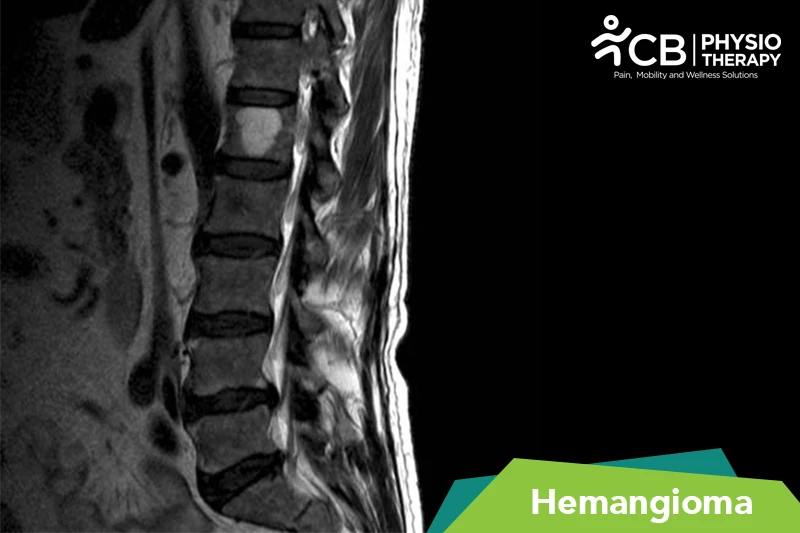
The symptoms of hemangioma vary from person to person, depending on the severity:
1: Appearance: Hemangiomas usually start as small, flat, red marks on the skin. They can be mistaken for a simple red birthmark or rash in their early stages. However, they often grow in size and may change in appearance over time.
2: Growth: Hemangiomas are characterized by rapid growth during the first few months of life. They may continue to grow for up to a year before eventually stabilizing.
3: Color Changes: They can change in color, typically from bright red to purplish blue, before eventually fading away.
4: Texture: The texture of the skin over a hemangioma might be different from the surrounding skin. It can be raised, bumpy, or have a spongy texture.
5: Location: Hemangiomas can occur anywhere on the body but are most commonly found on the face, head, or neck.
6: Complications: In some cases, hemangiomas can cause complications, such as ulceration, bleeding, infection, or interference with vision or breathing if located in certain areas.
The exact cause of hemangiomas is not entirely understood, but they are believed to result from an overgrowth of blood vessels. Some contributing factors and characteristics include:
1: Genetics: There may be a genetic predisposition to developing hemangiomas, as they tend to run in families.
2: Hormones: Hemangiomas are more common in females and premature infants, suggesting a possible hormonal influence.
3: Developmental Aberrations: Hemangiomas often appear in the first few weeks or months of life, suggesting that they may be related to an abnormality in the development of blood vessels.
4: Immune System: Some researchers believe that the immune system may play a role in the development of hemangiomas.
Pathology
The pathology of hemangioma involves the growth of abnormal blood vessels.
Hemangiomas are typically classified into two main types based on their appearance and behavior: infantile hemangiomas and congenital hemangiomas.
Infantile Hemangioma:
Infantile hemangiomas are the most common type and have a characteristic growth pattern.
They typically appear after birth and go through a growth phase followed by a regression phase. The growth phase involves the rapid proliferation of blood vessels, resulting in a raised, red, or purplish lesion on the skin. The regression phase involves the gradual shrinking and fading of the lesion. Histologically, infantile hemangiomas are composed of a disorganized mass of blood vessels, including capillaries and larger vessels. They are often characterized by endothelial cells, pericytes, and a fibrous component.
Congenital Hemangioma:
Congenital hemangiomas are present at birth and do not go through the same rapid growth and regression phases as infantile hemangiomas. They may be fully formed at birth or continue to grow at a slower rate. Congenital hemangiomas are often composed of mature blood vessels and do not have the same rapid proliferation as infantile hemangiomas.
Select your City to find & connect with our experts regarding Physiotherapy for Hemangioma